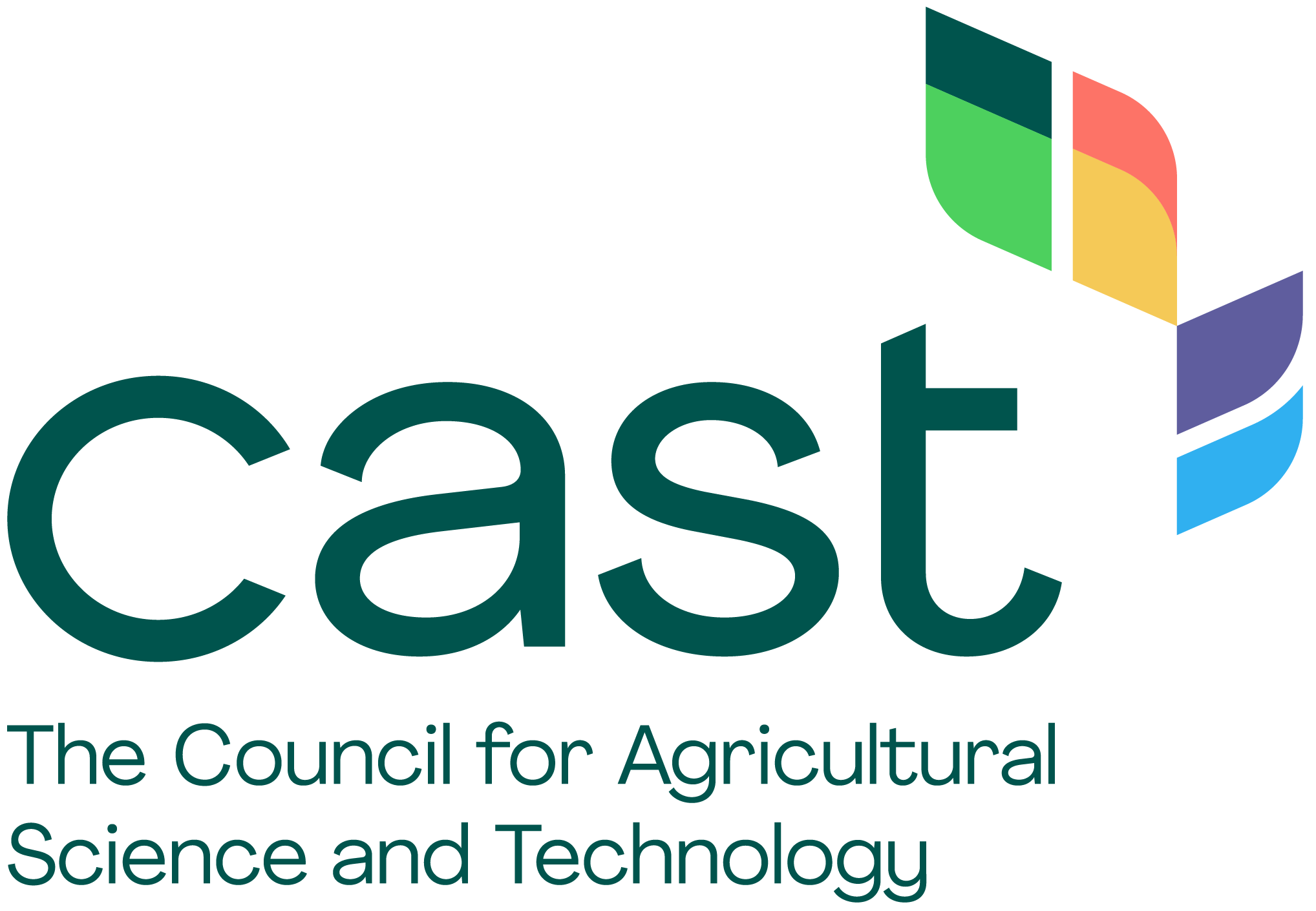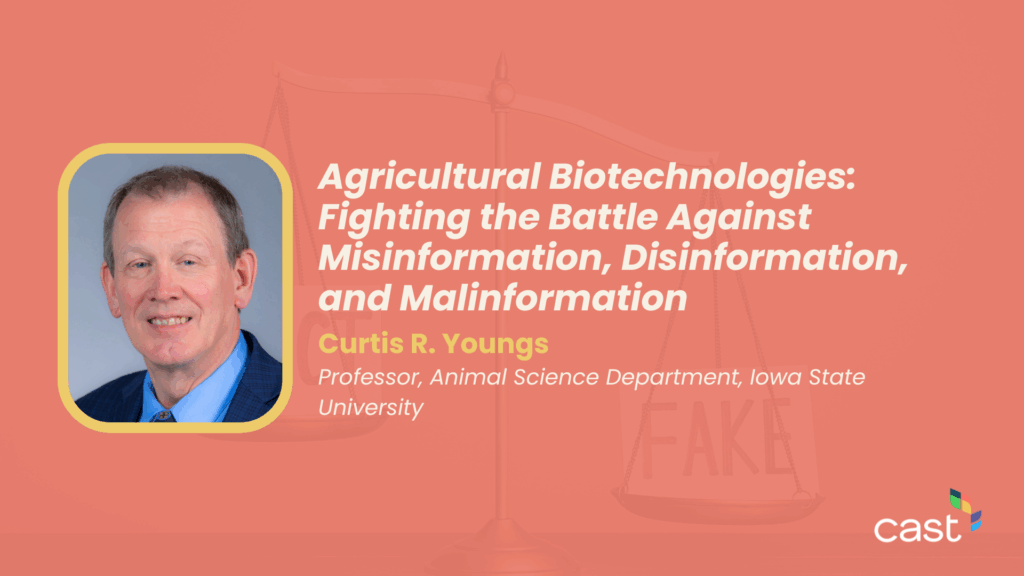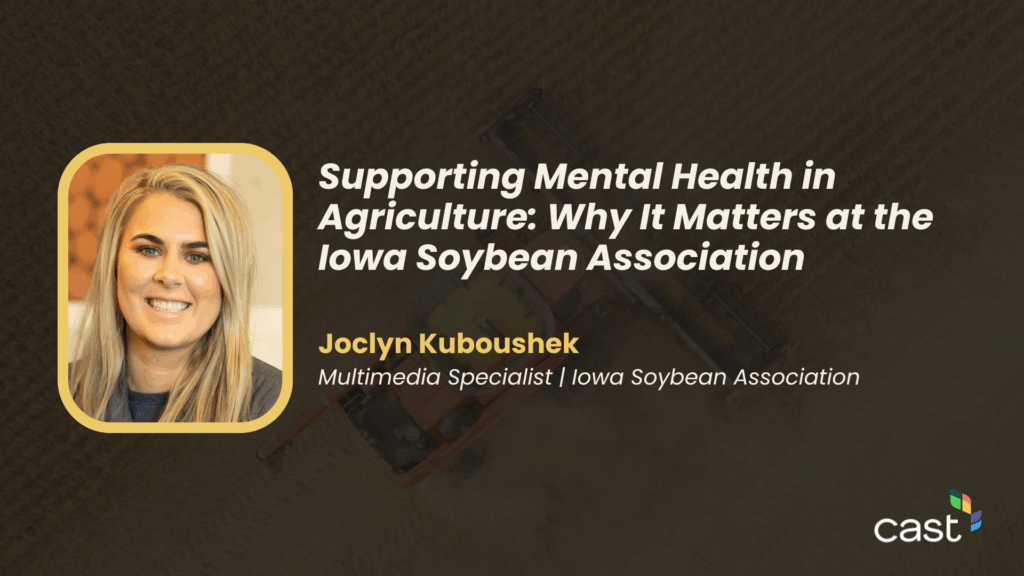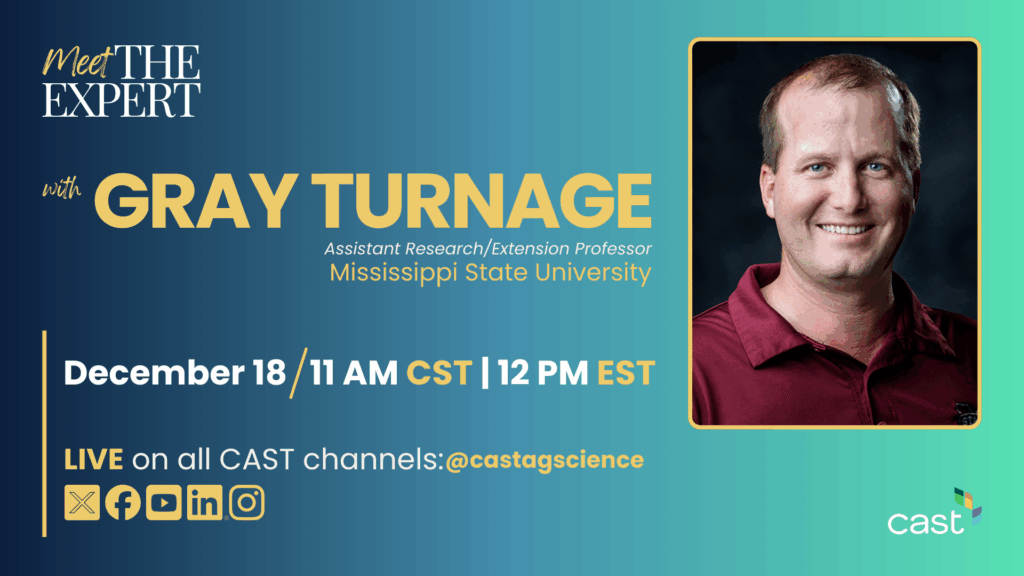By Curtis R. Youngs
Professor, Animal Science Department, Iowa State University, USA
Feeding the estimated 10.6 billion people who will inhabit planet earth in the year 2050 is a massive challenge. In the past 10 decades, the number of years it took to add one billion people to our planet decreased substantially from 33 years (from 2 to 3 billion people; 1927 to 1960) to 10 years (from 7 billion to 8 billion people; 2012 to 2022).
In 2009, the head of Australia’s national science agency, the Commonwealth Scientific and Industrial Research Organisation (CSIRO) stated that society will need to produce as much food in the next 50 years as it did in the history of humankind (ABC News, 2009). A more recent report suggested that global demand for food will increase 62% by the year 2050 (van Dijk et al., 2021). Both of these estimates point to a pressing need to increase the supply of food for humans.
Global food security is not a new issue. The topic of world population and world food supplies was addressed more than 75 years ago in a prestigious scientific journal (Anonymous, 1949). The article stated three main options existed to increase the supply of food: 1) increase the land area in which food is produced, 2) intensify food production from land already being cultivated, and 3) prevent food wastage and loss. More recently, that same scientific journal published a series of articles under the theme “Can Science Feed the World?” (Anonymous, 2010). In that issue, there was a series of articles highlighting the contributions that biotechnologists are making toward feeding the world. Since that time, even more agricultural innovations have been developed.
Many people firmly believe that scientific innovations can and must play a pivotal role in feeding humankind in a socially, environmentally, and economically sustainable manner. However, other people hold a dissenting opinion. Recently, I participated in a conference that considered both viewpoints – the African Biennial Biosciences Communication (ABBC) symposium held in Lusaka, Zambia August 26-28, 2025 (https://abbcsymposium.org/). The ABBC symposium is an African-led, Africa-based platform enabling the exchange of experiences, knowledge, and solutions to advance effective communication on bio-innovations not only in Africa but also globally.
The 6th edition of ABBC (ABBC2025) celebrated the 10th anniversary of ABBC, and the theme of the symposium was “The War on Science: How Can We Overcome the Burden of Misinformation and Disinformation?”. This symposium theme sparked my interest because it aligned closely with the mission and vision of CAST (the Council for Agricultural Science and Technology).
The diverse array of global participants (more than 150 delegates representing 21 countries from 4 continents) engaged in a vigorous discussion and powerful interchange of ideas and experiences about the drivers of misinformation/disinformation/malinformation pertaining to scientific innovations and their associated adverse impacts on delaying/preventing the adoption of technologies that can help feed the world. I learned that “misinformation” usually intends no harm or deception and lacks a political aim. Typically, persons sharing misinformation are unaware that the information being conveyed is false or misleading.
On the other hand, both disinformation and malinformation are often politically motivated and information is shared with the intent to deceive and/or cause harm. Some examples of disinformation include information that is presented under false context, or content that is manipulated or fabricated. Malinformation is often regarded as being worse than disinformation because it can involve private information shared publicly via a hack or leak, hate speech, or harassment.
There was important dialogue surrounding the substantial opportunity costs associated with underutilization, or lack of utilization, of innovative agricultural biotechnologies associated with humankind’s ability to produce food. Of special interest to me as an animal scientist was the discussion on One Health programs aimed at the production of animal-source foods (One Health involves the integration of animal health, human health, and environmental health.) Several examples of modern agricultural biotechnologies as new breeding tools for enhanced food production were highlighted; discussions included opportunities and challenges associated with the patchwork of regulatory policies for new breeding tools, or lack thereof, across Africa. This public discourse was vitally important in view of Agenda 2063 – the African Union’s goal for transformed agriculture (https://au.int/en/agenda2063/overview).
The dearth of science communicators was acknowledged, as was the need for scientists to partner with science communication specialists to become proactive in educating the public about how modern agricultural biotechnologies can contribute to advancing sustainable food systems and planetary health – instead of being reactive to mis/dis/malinformation. An extremely important outcome of ABBC2025 was the drafting and adoption of the “ABBC 2025 Lusaka Declaration and Call to Action”. It is envisioned that the 10-point collective action steps will help increase public understanding of agricultural biotechnologies and reduce the volume of mis/dis/malinformation.
In his acceptance of the 1970 Nobel Peace Prize, Iowa native Dr. Norman Borlaug stated that “food is the moral right of all who are born into this world”. My dream is to live in a world where global food security exists. At the 1996 World Food Summit, participants adopted the definition that “food security exists when all people at all times have physical, social, and economic access to sufficient, safe, nutritious food that meets their dietary needs and food preferences for an active and healthy life” (UN FAO, 2006).
Let’s continue the discussion about adoption of innovative and sustainable agricultural biotechnologies to reduce hunger and malnutrition across the globe!
References:
ABC News (2009) Can we grow more food in 50 Years than in all of history? https://abcnews.go.com/Technology/world-hunger-50-years-food-history/story?id=8736358 (accessed September 23, 2025)
Anonymous (1949) World population and world food supplies. Nature 164(4166):373–374, https://doi.org/10.1038/164373a0
Anonymous (2010) Can Science Feed the World? Nature 46(7306):front cover
van Dijk, M., Morley, T., Rau, M.L., Saghai, Y. (2021) A meta-analysis of projected global food demand and population at risk of hunger for the period 2010–2050. Nature Food 2:494–501, https://doi.org/10.1038/s43016-021-00322-9
United Nations Food and Agriculture Organisation (2006) Food security
https://www.fao.org/fileadmin/templates/faoitaly/documents/pdf/pdf_Food_Security_Cocept_Note.pdf (accessed September 23, 2025)




